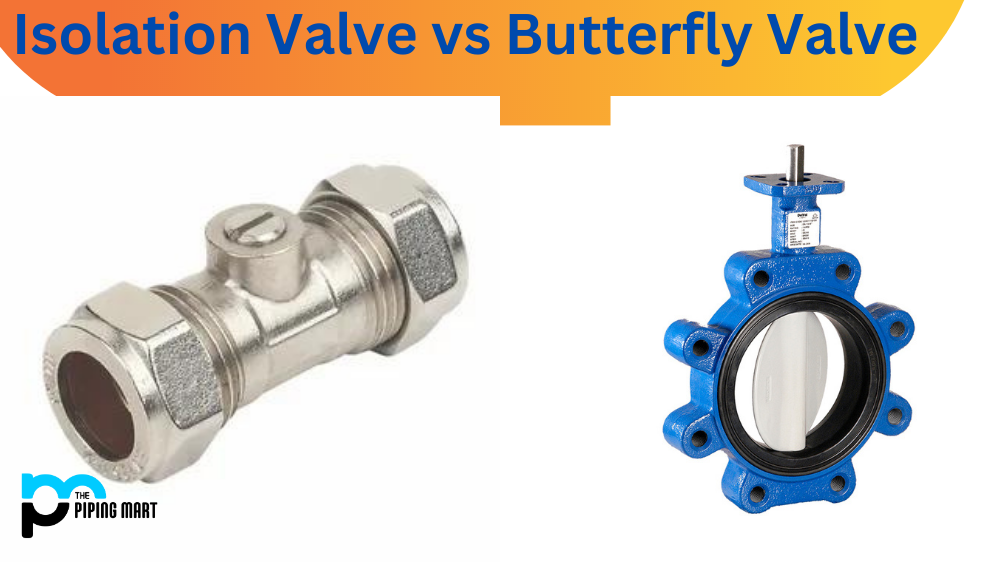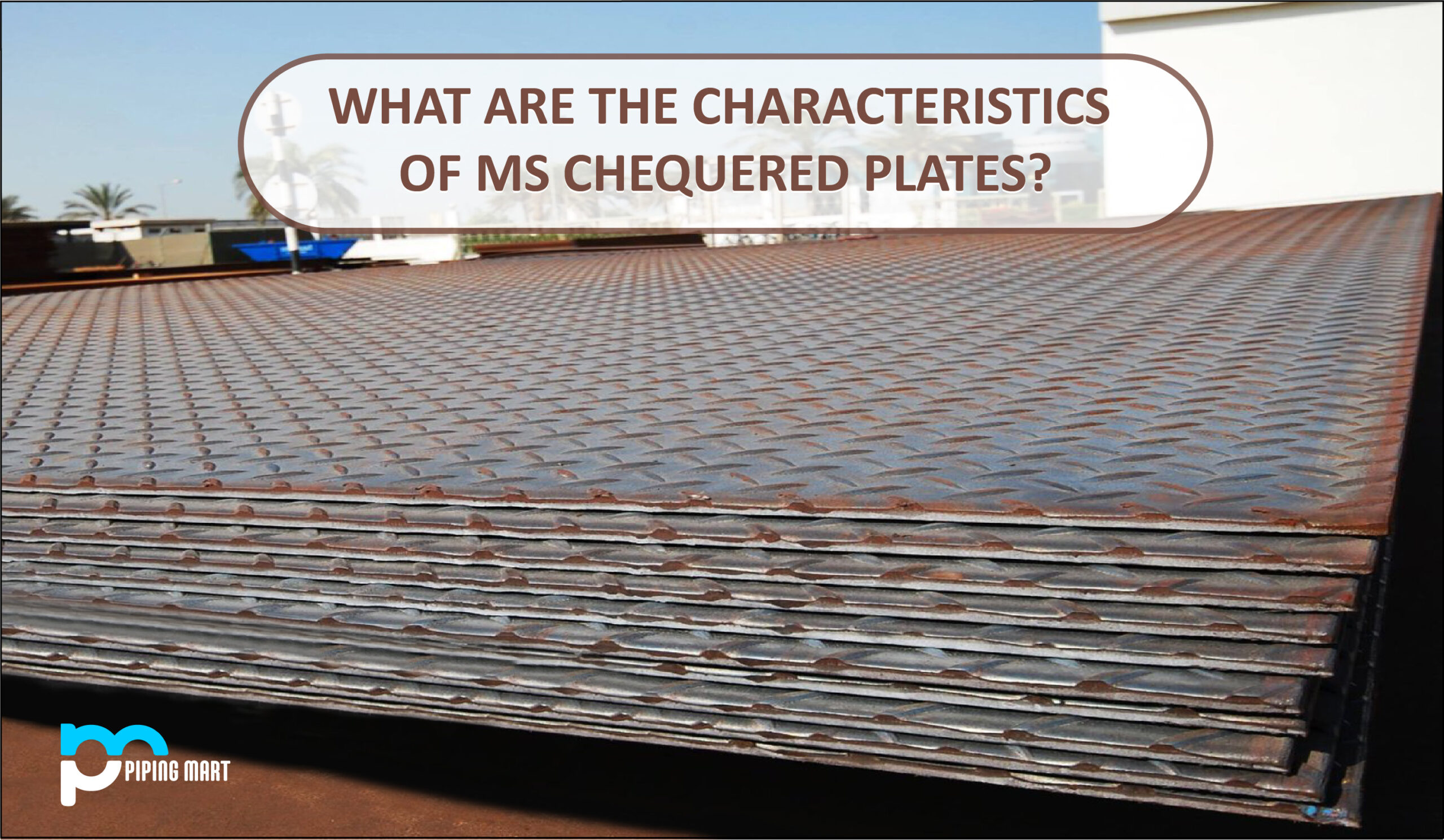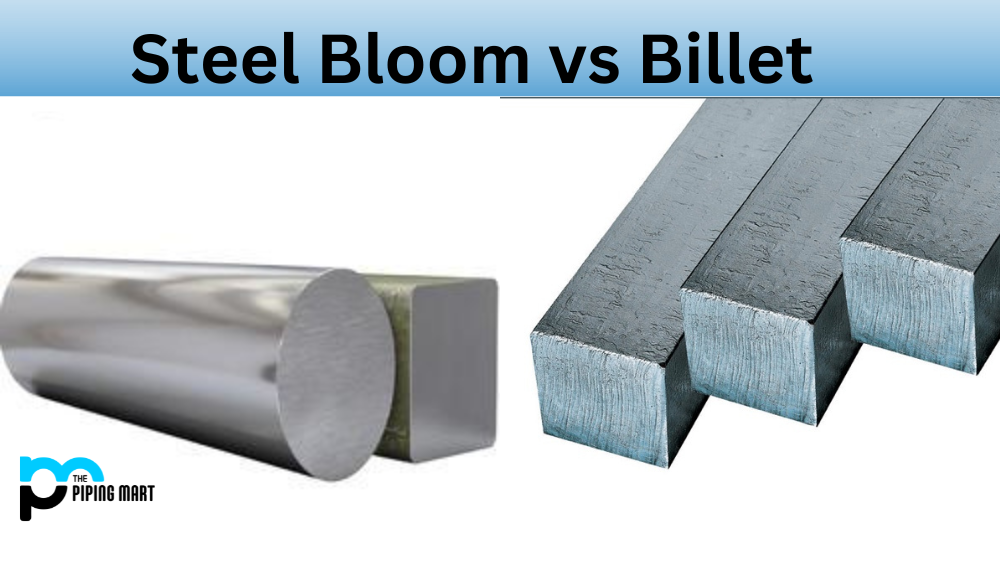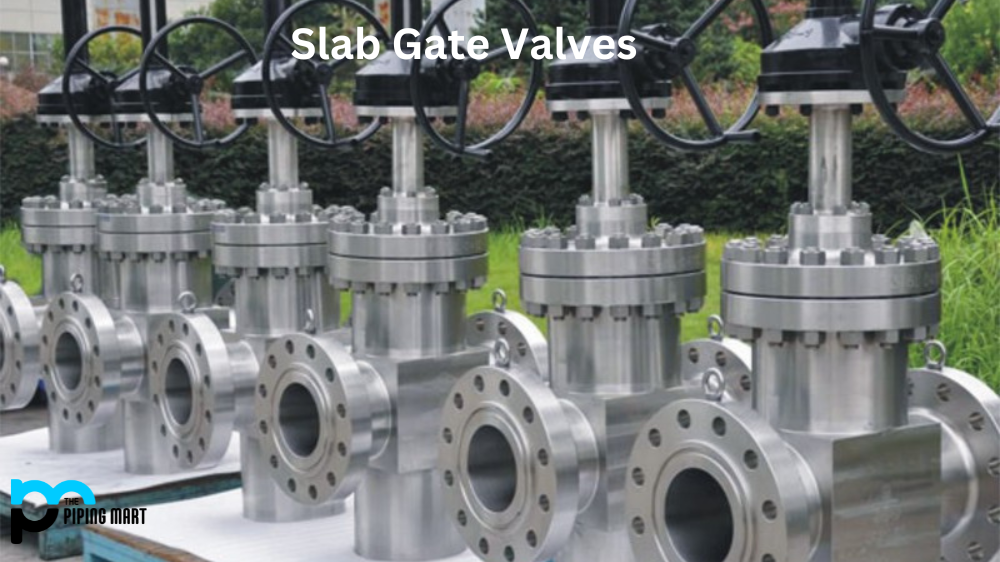When controlling the flow of fluids in a pipe, the valve you choose can make all the difference. Two common types of valves used are isolation valves and butterfly valves. Both have advantages and disadvantages, so choosing the right one to suit your needs is essential. In this article, we’ll explore the key differences between the two and help you decide which is better for your application.
What is Isolation Valve?
An isolation valve is a type of valve that completely stops fluid flow in a pipeline. It is commonly used in applications where the fluid must be completely shut off for maintenance or repair. Isolation valves come in various materials, including brass, stainless steel, carbon steel, and cast iron.
One of the main advantages of an isolation valve is that it offers a high degree of reliability. This is because they are designed to be solid and robust, making them less prone to failure. Additionally, isolation valves are typically easy to operate, a significant advantage for maintenance personnel who can open and close them quickly.
What is Butterfly Valve?
Butterfly valves are another popular type of valve used to control fluid flow in a pipe. This type of valve has a flat circular disc that rotates around an axis to control the amount of fluid passing through the pipeline. Butterfly valves are usually made of PVC, aluminium, or stainless steel.
One of the critical advantages of butterfly valves is that they can handle high flow rates. This is because they have a larger opening and a streamlined design that allows the fluid to pass through more quickly. Additionally, butterfly valves are relatively easy to install, which makes them a popular choice for many applications.
Differences Between Isolation Valve and Butterfly Valve
The main difference between isolation valves and butterfly valves is the way they control the flow of fluid. Isolation valves are designed to completely shut off fluid flow, while butterfly valves regulate the amount of fluid passing through the pipeline.
Another key difference is the rate of flow that each valve can handle. Isolation valves are usually limited in flow rate, while butterfly valves can handle high flow rates.
Choosing the Right Valve
Several factors must be considered when choosing between an isolation valve and a butterfly valve. The first is the application. An isolation valve is the better choice if you need to completely shut off the fluid flow. A butterfly valve is more suitable if you need to regulate fluid flow.
Another factor to consider is the flow rate. A butterfly valve is better if you need to handle high flow rates. An isolation valve may be more appropriate if the flow rate is not a concern.
Other Differences
- Isolation valves isolate a section of piping or equipment from the rest of the system.
- Butterfly valves are used to regulate the flow of fluid through a pipe.
- Isolation valves are typically installed in systems where it is necessary to be able to shut off the flow of fluid completely.
- Butterfly valves are typically installed in systems where it is necessary to be able to control the flow of fluid.
- Isolation valves are typically made from brass, stainless steel, or carbon steel.
- Butterfly valves are typically made from plastic, rubber, or metal materials.
- Isolation valves are available in a variety of sizes and configurations.
- Butterfly valves are available in a variety of sizes and configurations.
Conclusion
Isolation and butterfly valves are essential in controlling fluid flow in pipelines. Each valve has advantages and disadvantages, and it’s necessary to understand these differences before choosing the right one for your application. By understanding the critical differences between isolation and butterfly valves, you can make an informed choice and ensure you have the correct valve for your needs.

Abhishek is a seasoned blogger and industry expert, sharing his insights and knowledge on various topics. With his research, Abhishek offers valuable insights and tips for professionals and enthusiasts. Follow him for expert advice on the latest trends and developments in the metal industry.




